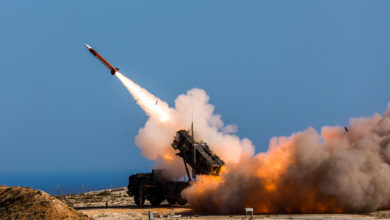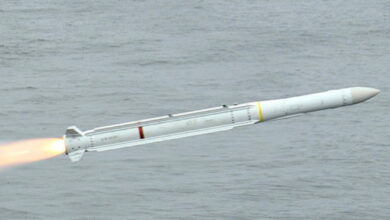The US Air Force Research Laboratory (AFRL) and Raytheon have demonstrated the operability of a new sensor for the National Advanced Surface to Air Missile System (NASAMS) in New Mexico.
Held at the White Sands Missile Range, the test involved Raytheon’s proprietary GhostEye MR advanced medium-range sensor with the US Air Force’s Air Defense Console and Battlespace Command and Control Center platforms.
The company wrote that GhostEye successfully provided a detailed air picture for the networked systems to identify a target and select the necessary response.
The sensor also supported NASAMS in neutralizing threats during the simulated engagements.
“This experiment showed that GhostEye MR is a viable sensor option for integrated air and missile defense,” AFRL Air Defense Program Manager Jim Simonds stated.
“The radar clearly demonstrated its ability to be rapidly deployed and detect and track live targets precisely at longer ranges, providing increased standoff and decision-making time.”

Modernizing Air Base Defense
Raytheon confirmed the three components demonstrated their expected air base defense capabilities throughout the live threat scenario, specifically information sharing and corresponding data relays.
“The team’s success demonstrates that GhostEye MR can meet the needs of the US Air Force,” Raytheon Land & Air Systems President Tom Laliberty said.
“Air bases around the world face a growing array of sophisticated airborne threats, and this exercise marked a significant step toward fielding an integrated capability for air base air defense.”
The recent trial builds on a 2022 base test in Norway, where Raytheon and partners demonstrated the NASAMS’ ability to intercept threats using the company’s missile products and Kongsberg’s Fire Distribution Center.
Last year, Raytheon signed a $7-million contract to fund the continued development of the GhostEye MR sensor for the US Department of Defense.












